Winning tip: Happy wanderer in Puglia
A little piece of my soul was left in Polignano a Mare, a beautiful slice of real Italian life in Puglia. Pretty houses perching on clifftops overlooking emerald seas, a labyrinth of streets leading to a stunning old town, delectable gelato and a buzzy atmosphere as locals promenade and music plays, all combine to create a real gem. The contemporary art museum is worth a gander. It is the wandering, however, getting lost in delightful white-washed streets, stumbling across the poetry written on doorways and stairs, finding a clifftop bar beloved by locals, which is the key to enjoying this romantic town.
Vivienne Francis, Kent
Lovely Lucca

Lucca is the hidden jewel in the Tuscan crown of Italy, and September is the best time to visit. Just 20 minutes from Pisa, its medieval walls, cobbled streets and shaded squares create a calm, quiet atmosphere. Cars are absent inside the walls, so it’s great to stroll around at any time, and not uncommon to hear Puccini’s music playing from open windows or balconies – Lucca is the composer’s home town. Around mid-September a candlelit procession followed by fireworks and open-air festivities mark the climax of the Holy Cross festival – simply magic.
Yasmin, Cambridge
Venice without the hype
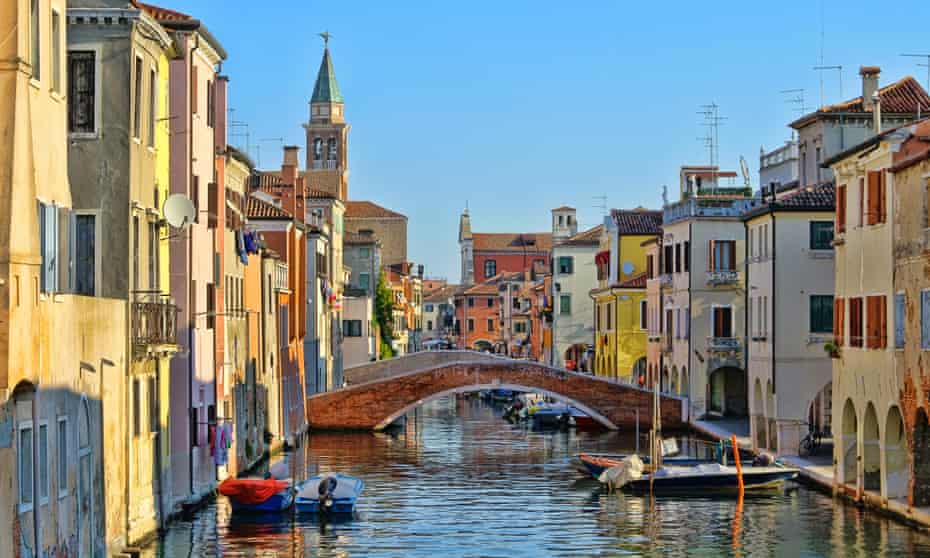
Chioggia is like Venice without the crowds and the high prices. At the southern end of the Venetian lagoon, it combines views of the snowcapped peaks of the Dolomites on a clear day and the Adriatic from its fine, sandy beach. The pastel-coloured houses create a colourful canvas to its waterways, as the fishing boats chug slowly along, dispensing their catch to local trattories. A medieval clocktower watches over the city and the Museum of Adriatic Zoology showcases the area’s maritime traditions. Sit at a cafe sipping your cappuccino with vistas of calm canals and chatting fishers.
Gonca, Birmingham
Baroque gems in Vigevano
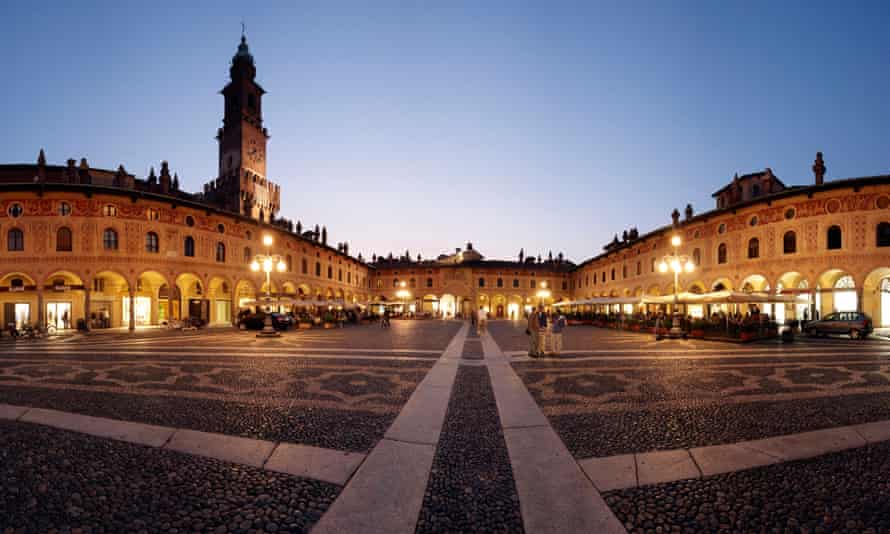
Just 35km south-west of Milan and easily accessible by road and rail, the town of Vigevano is an architectural gem. Its centre is dominated by the Castello Sforzesco, now a museum which is closely linked to that of Milan: it is connected to the town’s outer fortifications by an amazing and unique 200 metre-long medieval, covered bridge and roadway which allowed horsemen to ride directly from the castle to defend the town. Alongside the castle is the breathtaking 15th-century porticoed Piazza Ducale, enclosed at one end by the baroque cathedral – it is one of the most breathtaking open spaces in Italy.
Ian Statham, Cardiff
Profile
Readers’ tips: send a tip for a chance to win a £200 voucher for a Sawday’s stay
Show
Guardian Travel readers’ tips
Every week we ask our readers for recommendations from their travels. A selection of tips will be featured online and may appear in print. To enter the latest competition visit the readers’ tips homepage
–
Artisanal Anghiari

The vast, 13th-century defensive walls of Anghiari still loom high over the plain of the Valtiberina, location of the decisive Florentine victory over the Milanese in 1440, and celebrated annually by a colourful, viciously contested Palio. Hidden within, a flower-strewn labyrinth of winding alleyways reveals linen looms, artisans’ workshops and boutiques hewn from the bedrock. The Southbank Sinfonia performs in the piazza under the stars each July, and the town revels in seasonal celebrations of Tuscan gastronomy, culminating in the “Chequered Tablecloth”, in which local produce is served at candlelit, communal tables, accompanied by performances of folklore, poetry and song and dance.
Benedict Leonard, London
Roman Christian mosaics in Ravenna
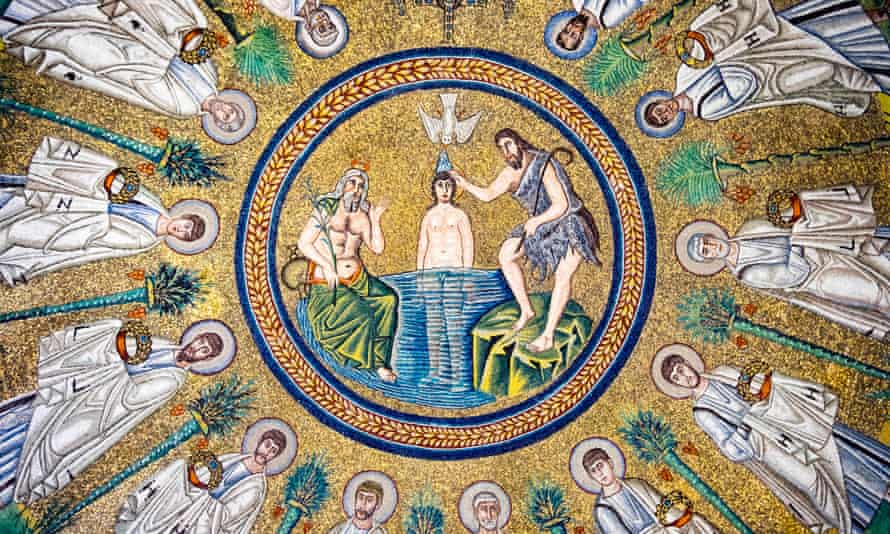
Go to Ravenna – it is perfect for a long weekend, and close to Bologna. The imperial capital in the dying days of the Roman empire, it houses the most amazing collection of early Christian mosaics you’ll ever see. The art mostly dates from the fifth and sixth centuries and adorns just a handful of ancient churches in the compact city centre. The imagery is a real shock. There are no crucifixions or other signs of Christ’s suffering, and everywhere you’ll see sheep. Yes, they took the idea of us all being a flock very literally 1,500 years ago.
Chris Wilson, Fife
Sunsets in Sicily
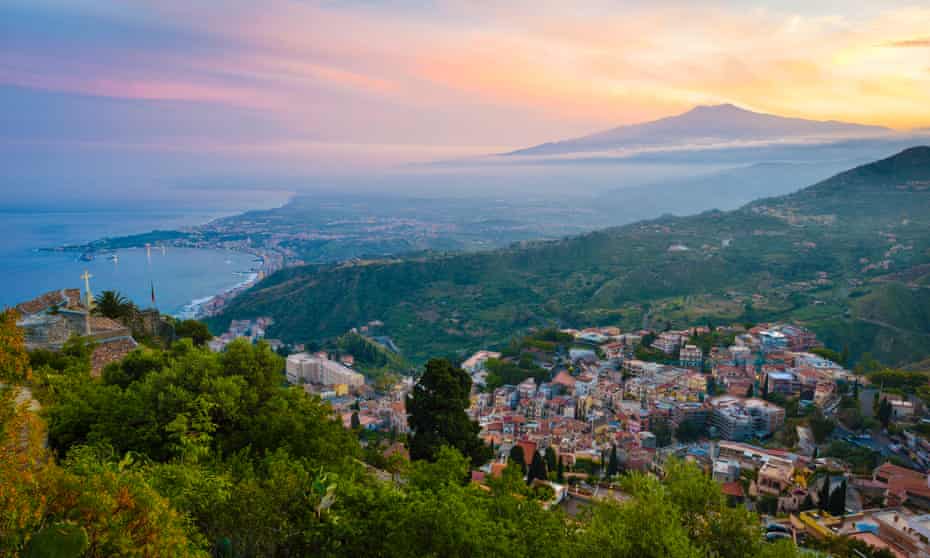
The city of Taormina in Sicily has it all. It’s perched on a hilltop, therefore boasting amazing views of an active volcano, Mount Etna, while also having beautiful sandy coves, which can be accessed by a steep hike or via cable car. The town’s piazza is one of the best places to watch the sun set in Sicily and a visit to the ancient Greek-Roman theatre is not to be missed– you can even catch a show here today.
Rachel W, Cumbria
Blown away in Sardinia
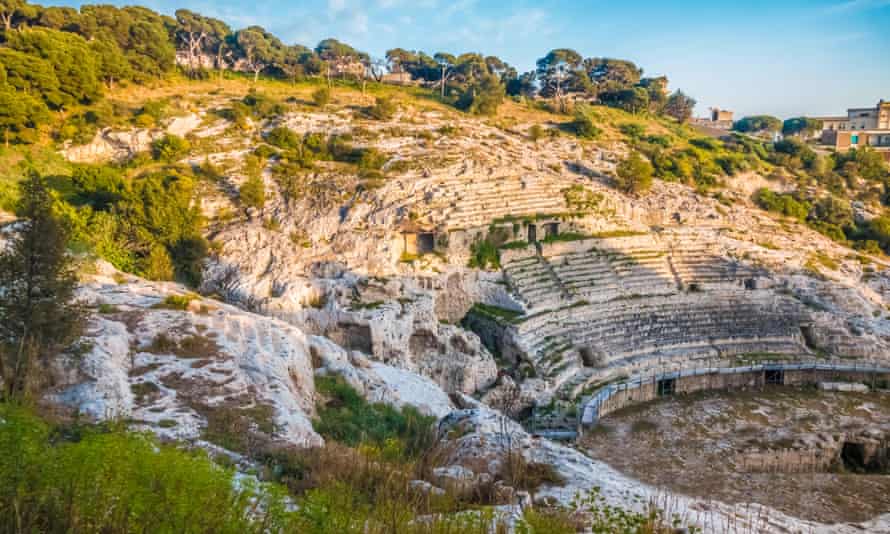
Try a short break in Cagliari, a beautiful and bustling port city on the island of Sardinia – . Countless places to eat and drink, all fiercely proud of the local produce. Bombas, a modern burger restaurant, is nestled inside a cave within the stunning medieval city walls. Sightseeing includes La Torre dell’Elefante, an imposing 14th-century limestone tower, the sprawling ruins of the Roman amphitheatre and a host of museums and galleries. We visited not expecting much, but were blown away by what Cagliari had to offer.
Dom S, Accrington
Railway rapture in Genoa
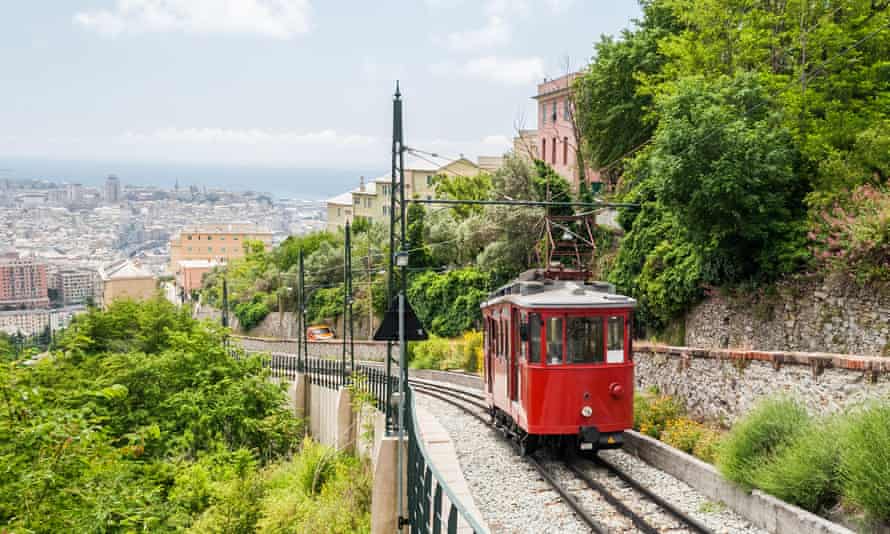
Genoa is steep, built into the Ligurian cliffs. But if you don’t fancy walking up and down the many staircases, there are a series of delightful funicular railways. The Zecca-Righi funicular gets you from the city centre to the high hills in minutes. But best of all is the cute and weird Ascensore Castello d’Albertis-Montegalletto – a delightful little carriage that trundles you 300 metres into the hillside, before boarding its own lift to leave you high up above the city, overlooking the port and just around the corner from the Museum of World Cultures. Journeys are €0.90.
Thom, London
Friuli had you fooled?
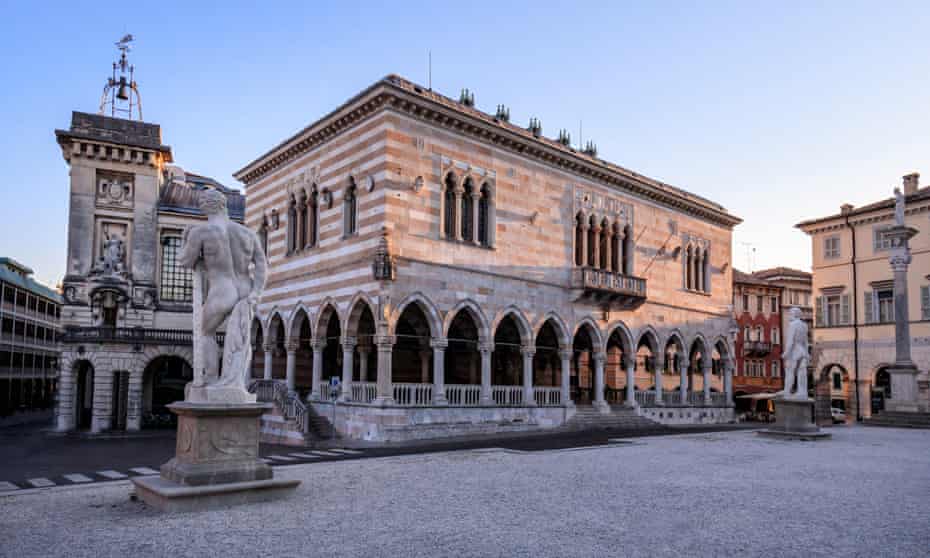
Italy but not Italy … That’s the feeling that strikes you as you wander the streets of Udine, in the lesser-known region of Friuli-Venezia-Giulia. Sitting in the shadow of the castle, Piazza Libertà is considered to be the most beautiful Venetian square on terra firma, but it’s the people and food that hint towards a more unusual mix of influences. The local language, Friulian, and the hearty dishes of frico, cjarsons and gubana give clues to the city’s mountainous hinterland and its intoxicating Germanic and Slavic influences. Yet as your senses are filled with new sights, tastes and sounds, a glass of bianco from the Collio vineyards reminds you that, well, maybe this is Italy after all.
Steve Bassett, Exeter





